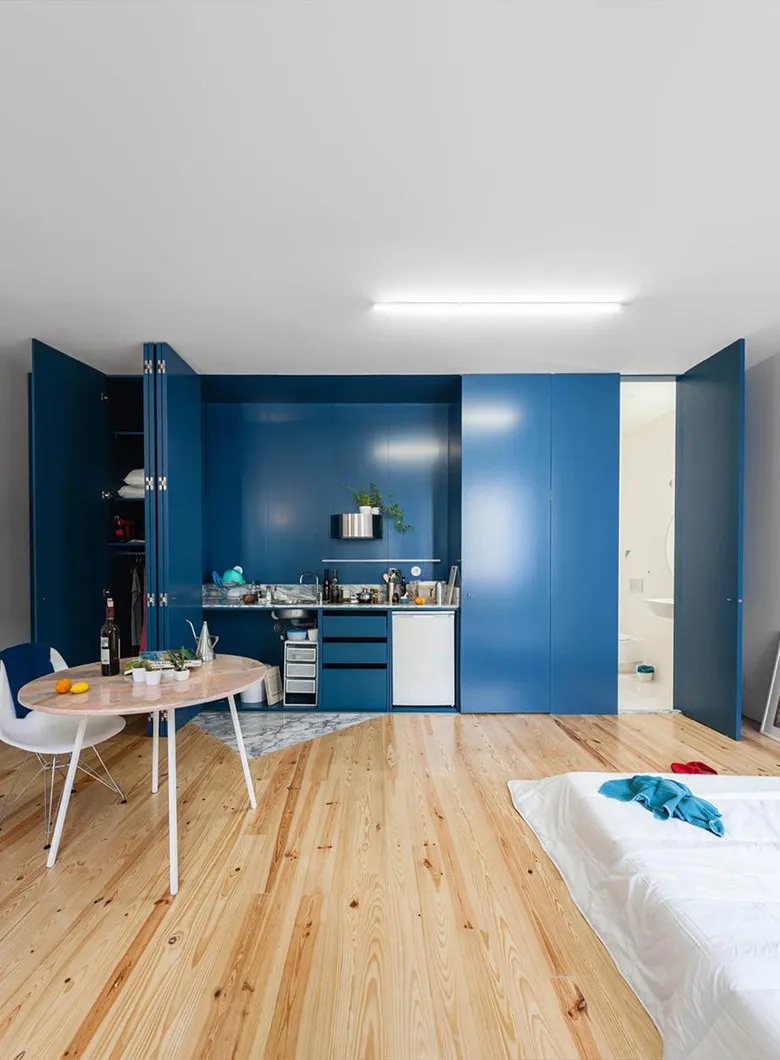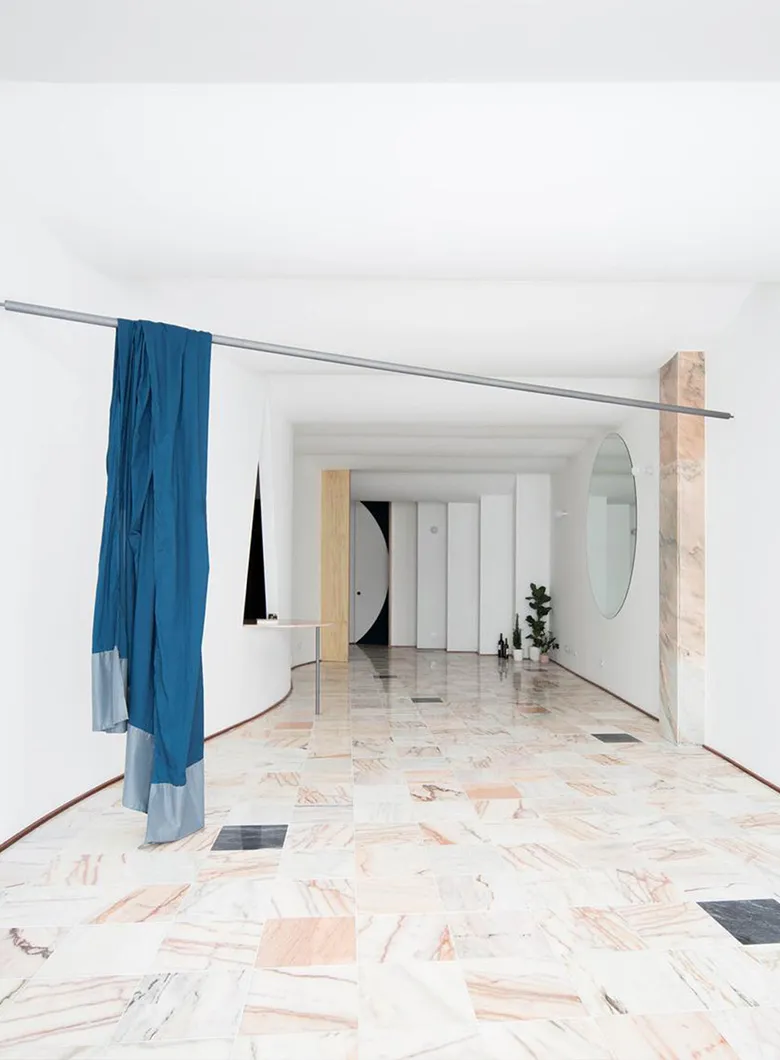In partnership with MiCodmc, a selection of establishments ripe for discovery during the 63rd edition of the Salone del Mobile.Milano, from 8th to 13th April

Courtesy Fala Atelier
This Portuguese studio has skilfully revived a naïve aesthetic rich in pastel colours, expressed through designs as simple as they are rich in personality, their conceptual superstructures revealed via meticulous detail. In this interview, practice members share how, behind a clear, contemporary visual narrative, their work is pure dedication and commitment.
Name: Fala Atelier.
Place where you work: Porto.
Your Instagram account: @fala.atelier
What is your job about? Miscellaneous elements of architecture, coming together.
Where did you study? In Porto, Zurich, Moscow, and currently (all of us) at the Faculty of Architecture in Porto.

Courtesy Fala Atelier
Projects you are currently working on: Many, many houses, including our own.
The project you dream of doing one day: A school or a kindergarten.
The design (by others) that has influenced you the most: Toyo Ito, House in Kamiwada, 1976. Also Lieb House by Robert Venturi and Denise Scott Brown, 1969.
An element/detail that cannot be missing from any of your projects: Most probably a column.

Courtesy Fala Atelier
City centre or remote geographies? Remote city centre, not-so-remote geographies, because that might mean almost suburbia.
Something you have at home designed by you: We’ve designed our own homes.
What do you like to collect during a walk? Facades that look like faces.
If you could build a secret passage in a house, where would it lead? To a big library.
What do you usually do on Sundays? Work on our PhDs.
Your favourite place in Milan: Streets that have Asnago Vender buildings.
Elisa Ossino asks: Greeks or Etruscans? No question, Greeks.
Would you like to ask the next interviewee a question? Yes: what is your favourite column?


 Stories
Stories


















